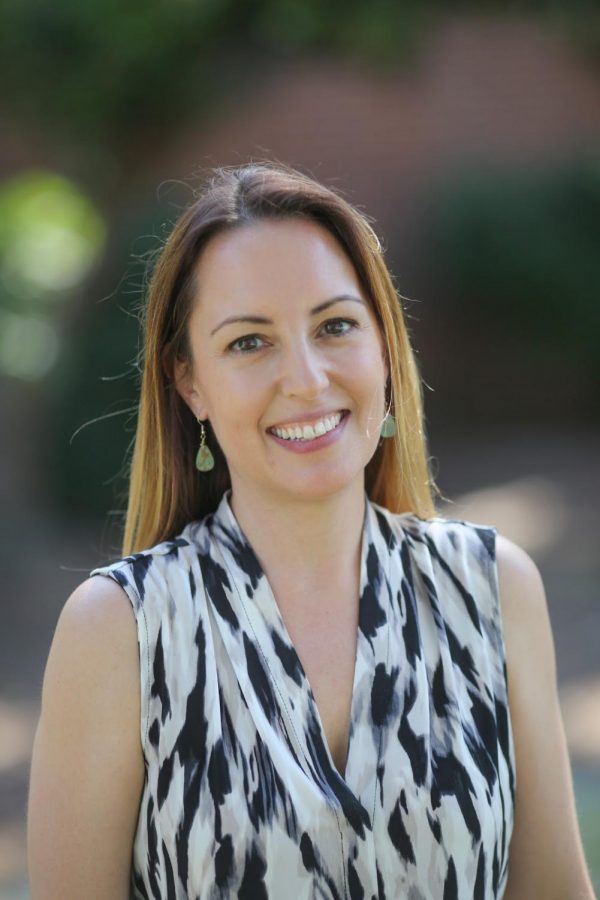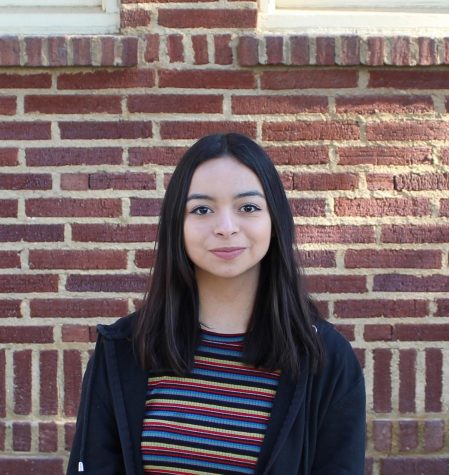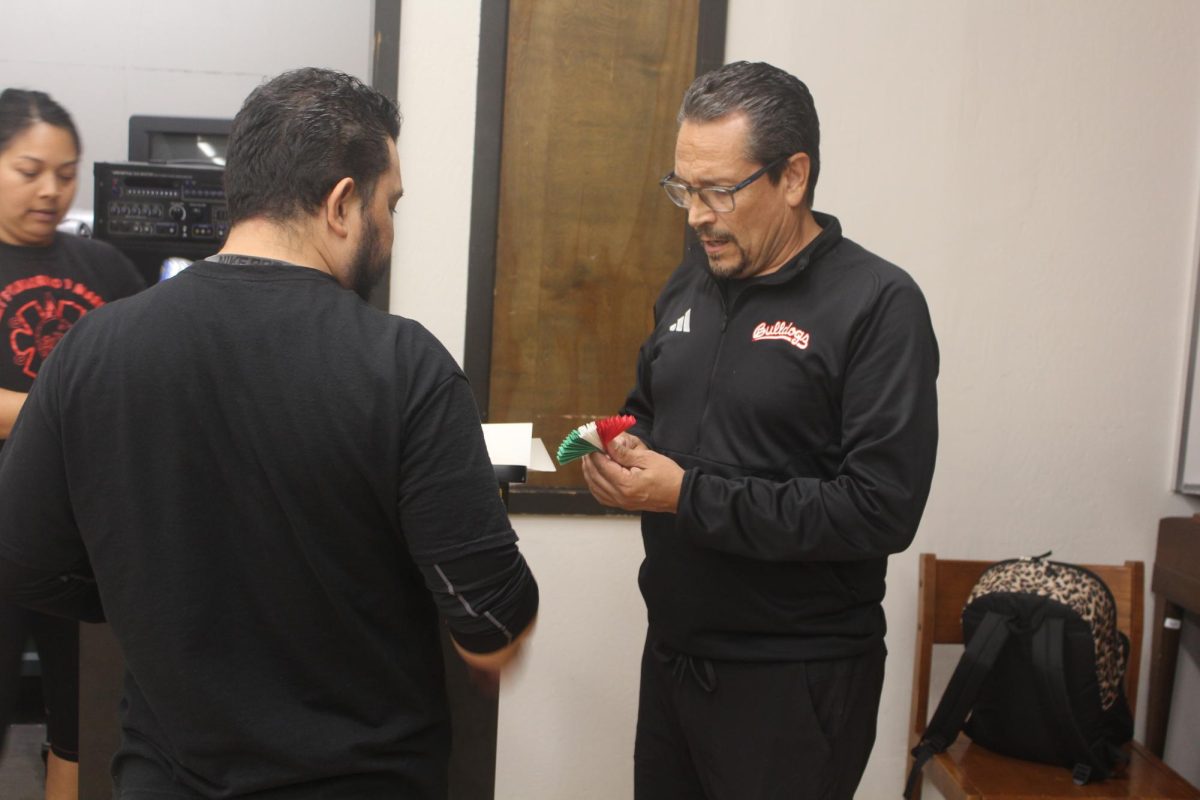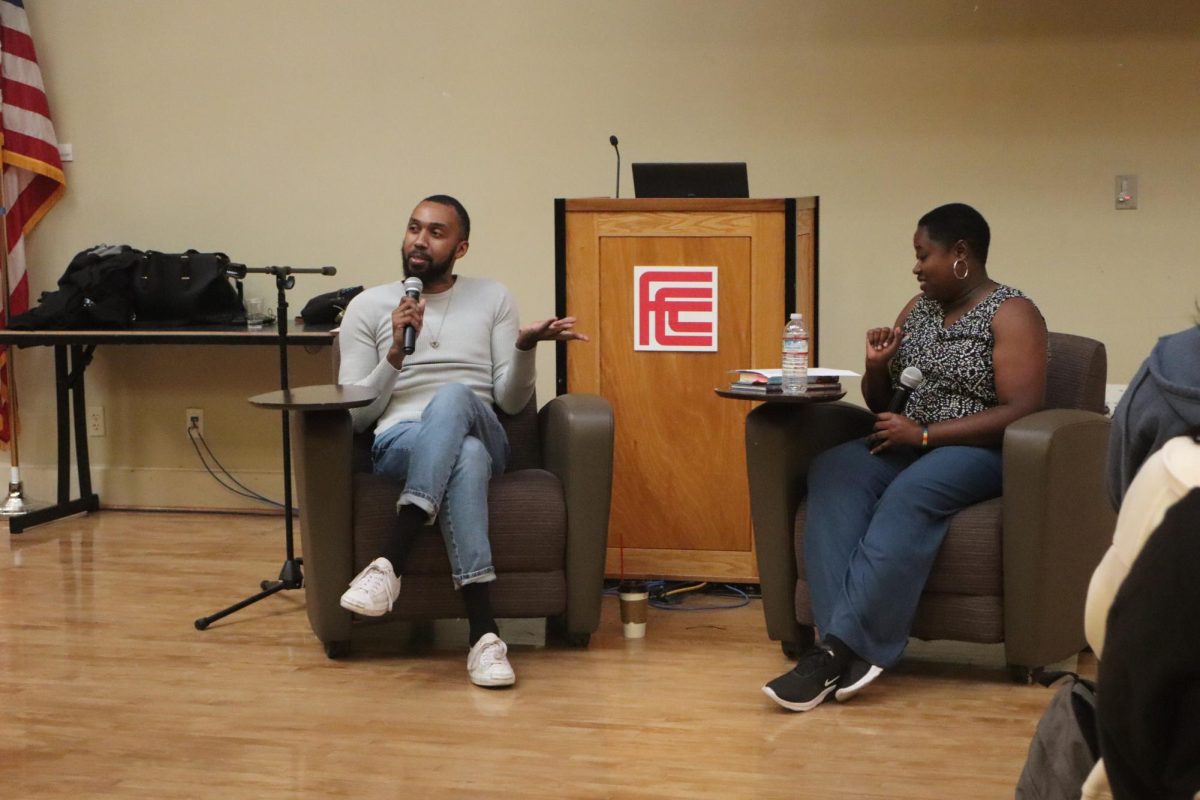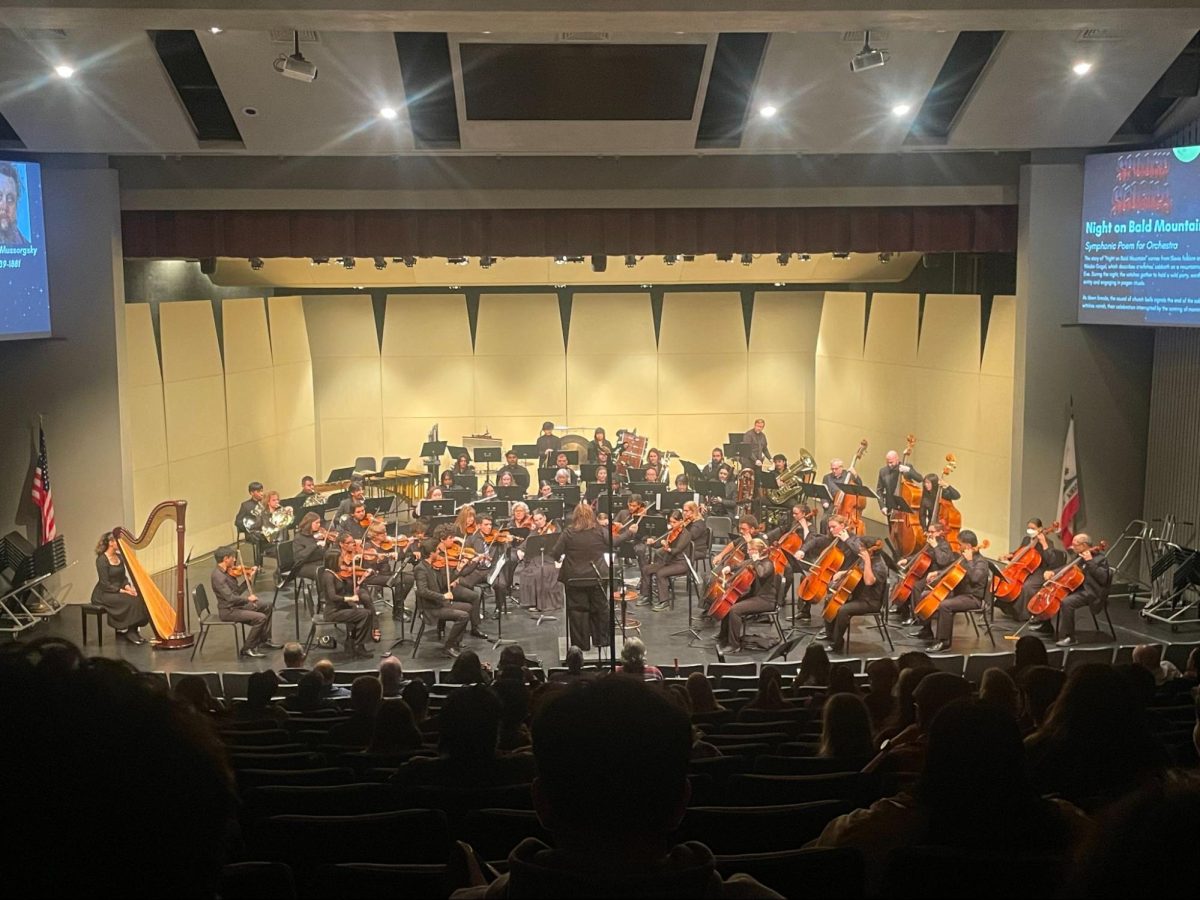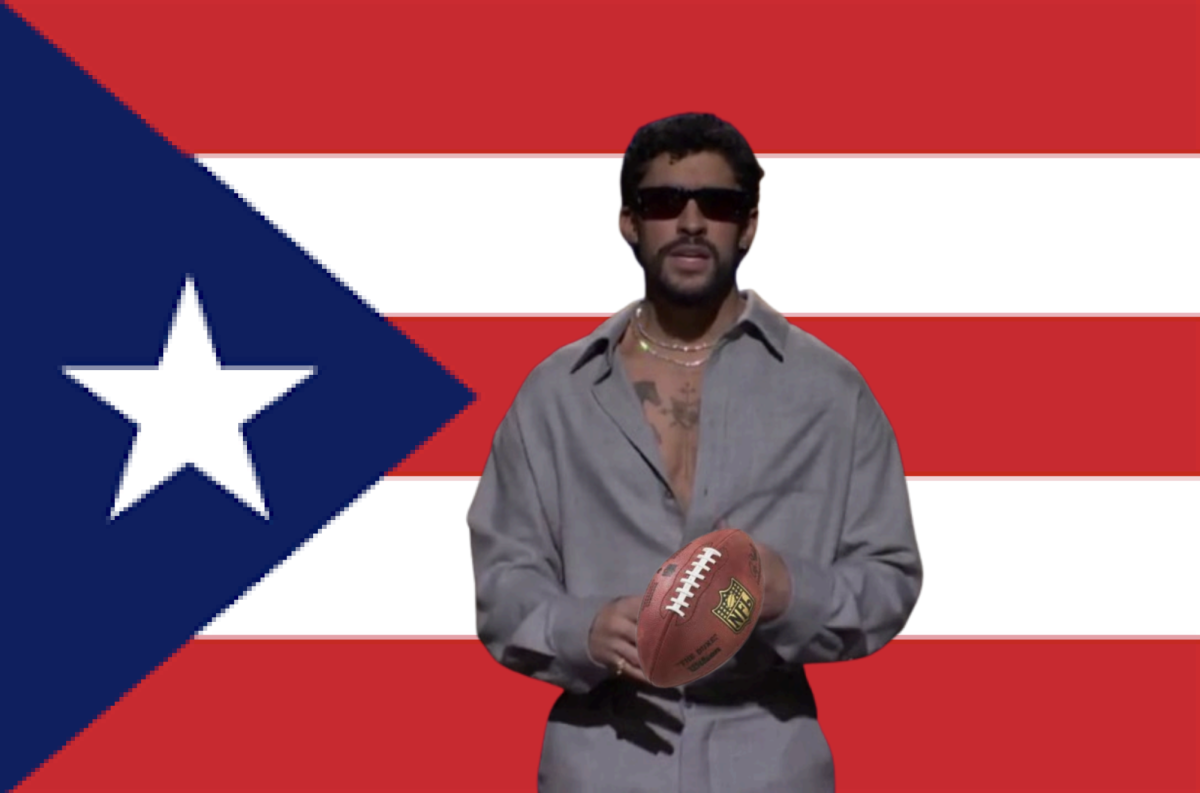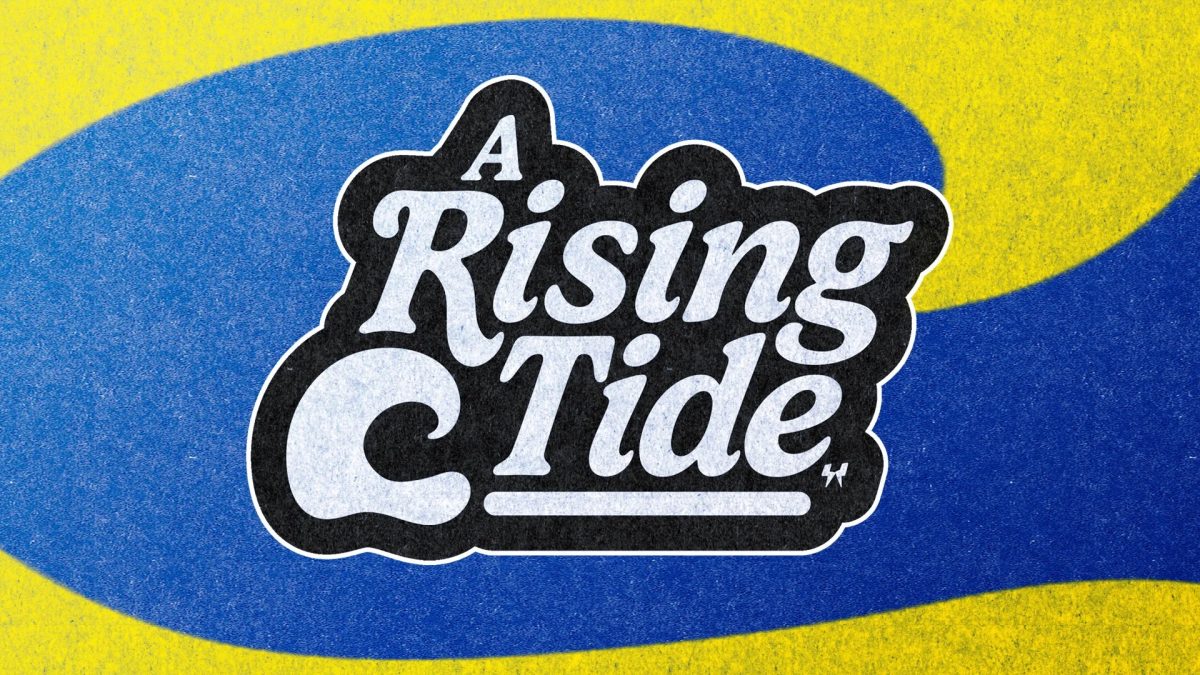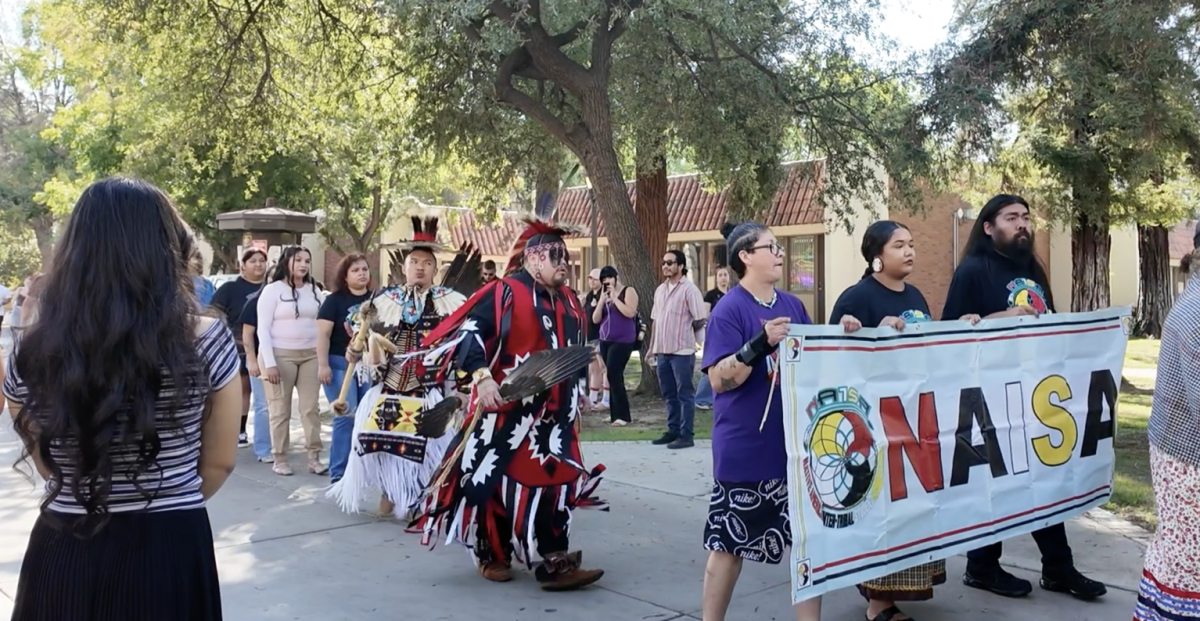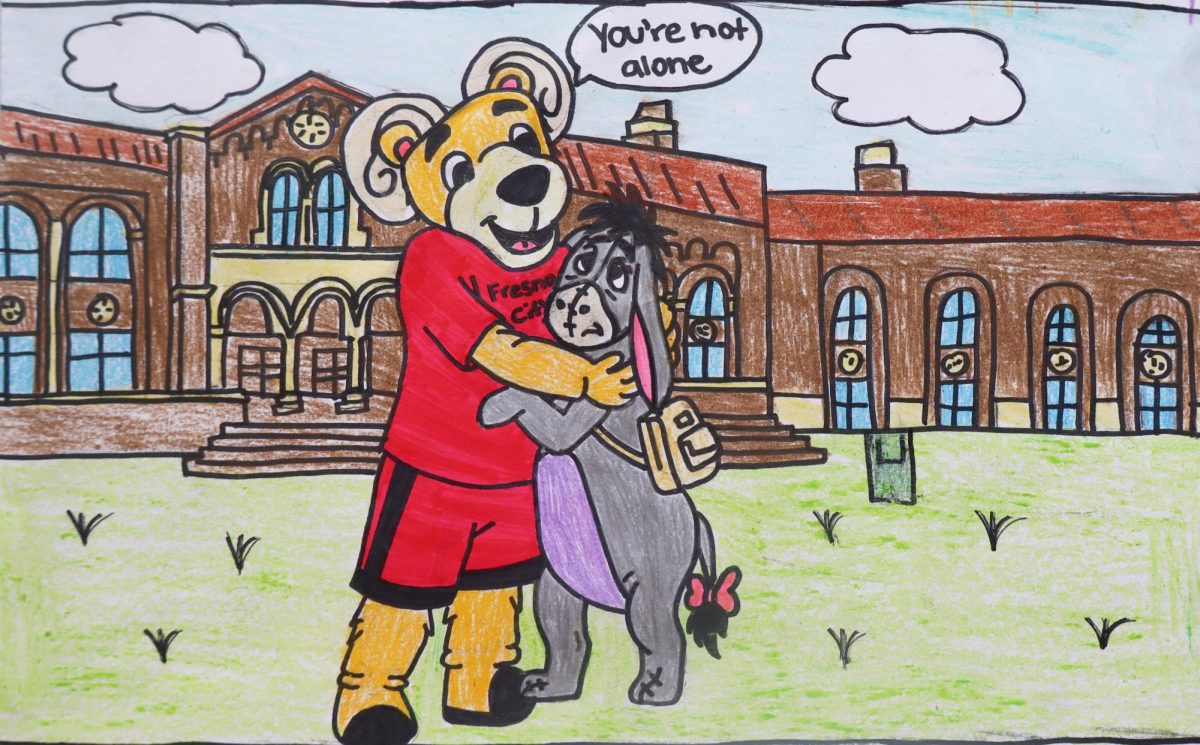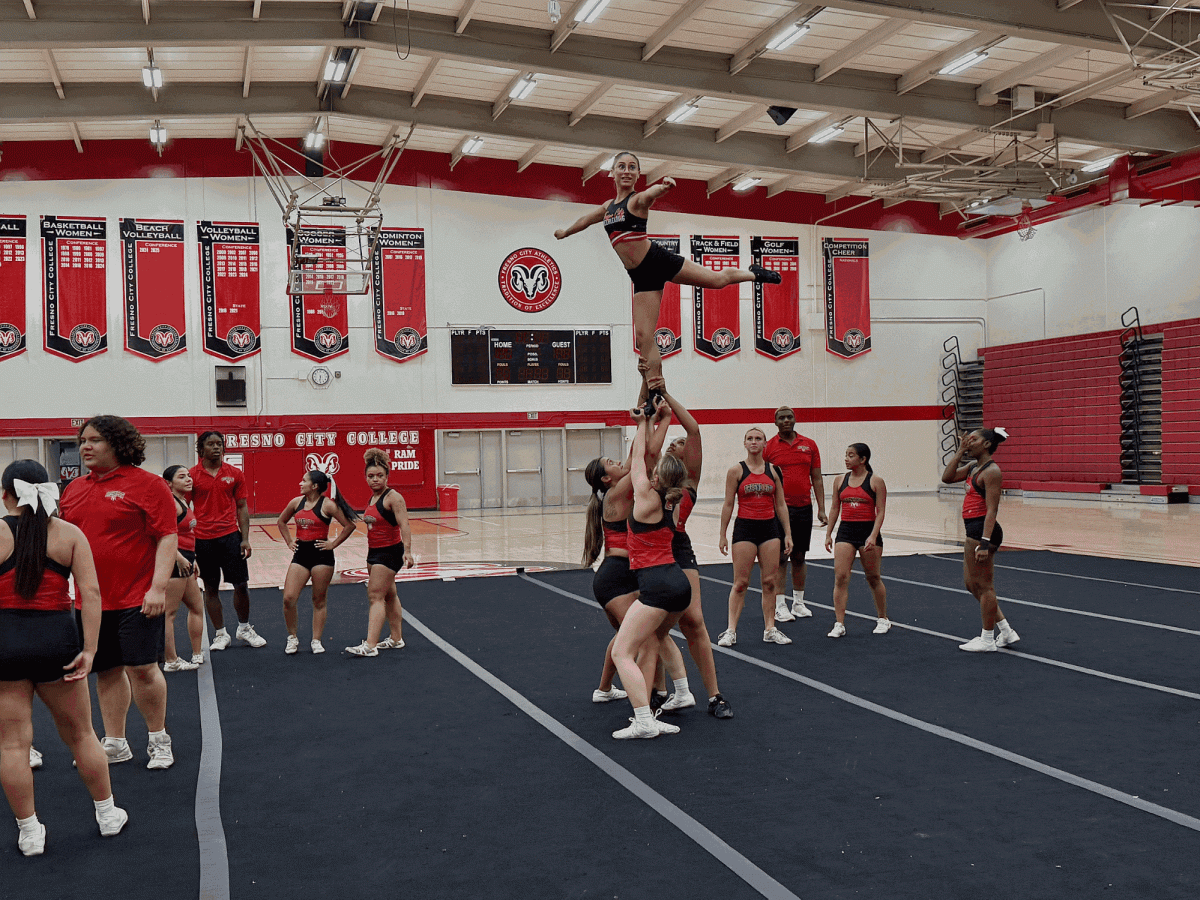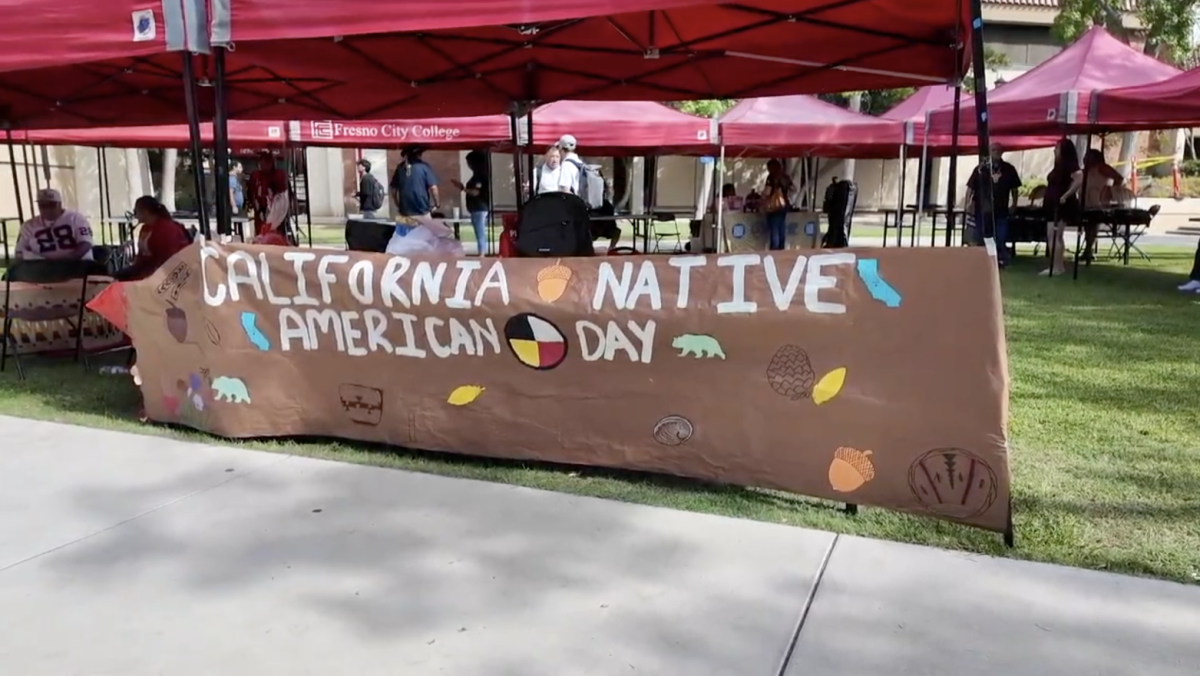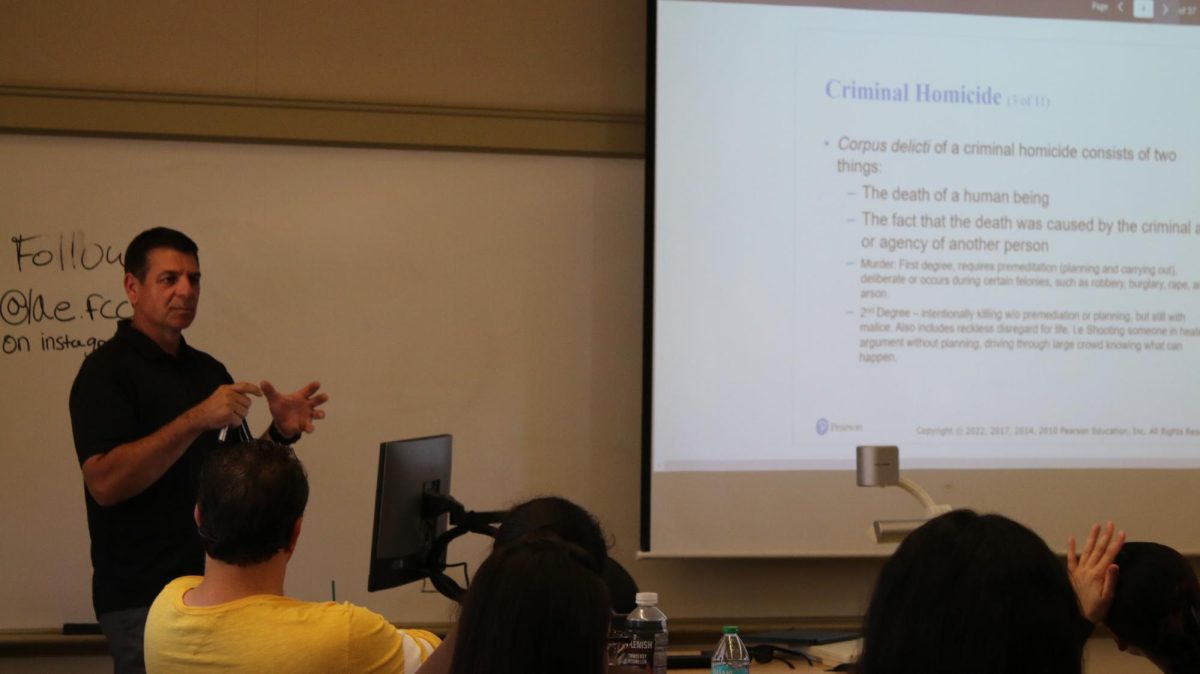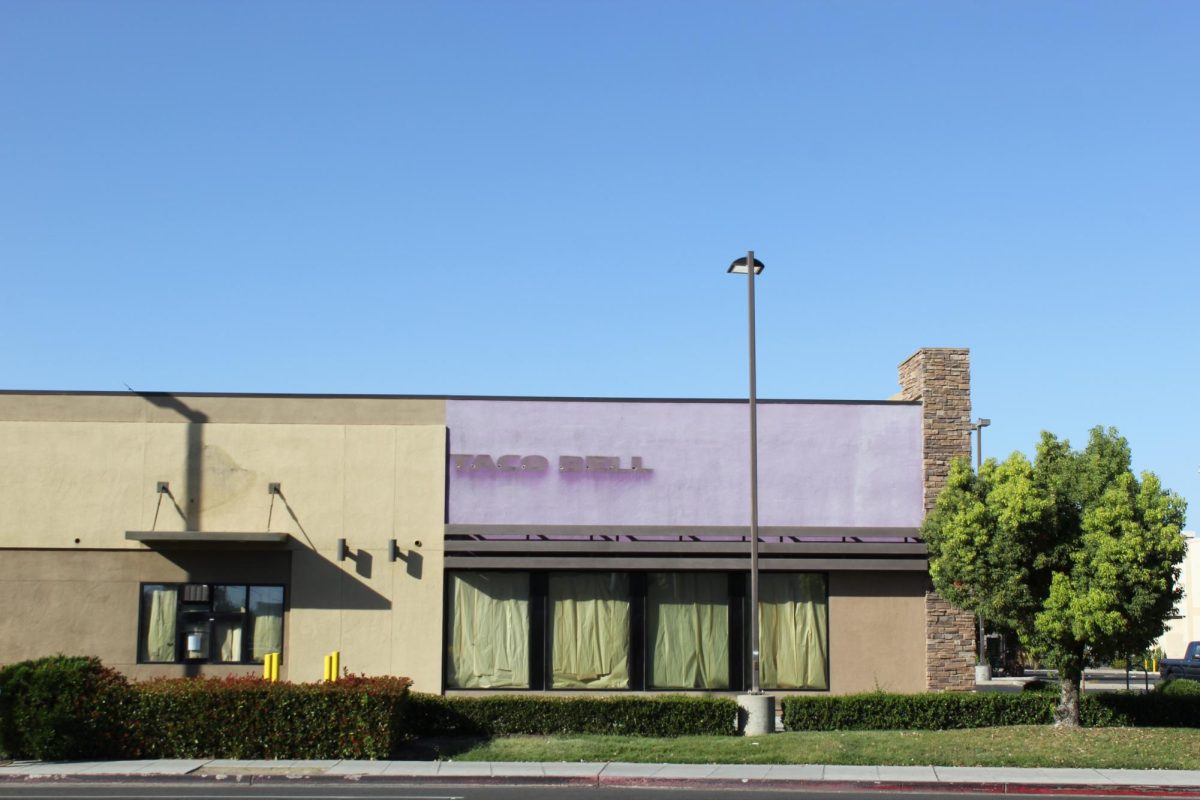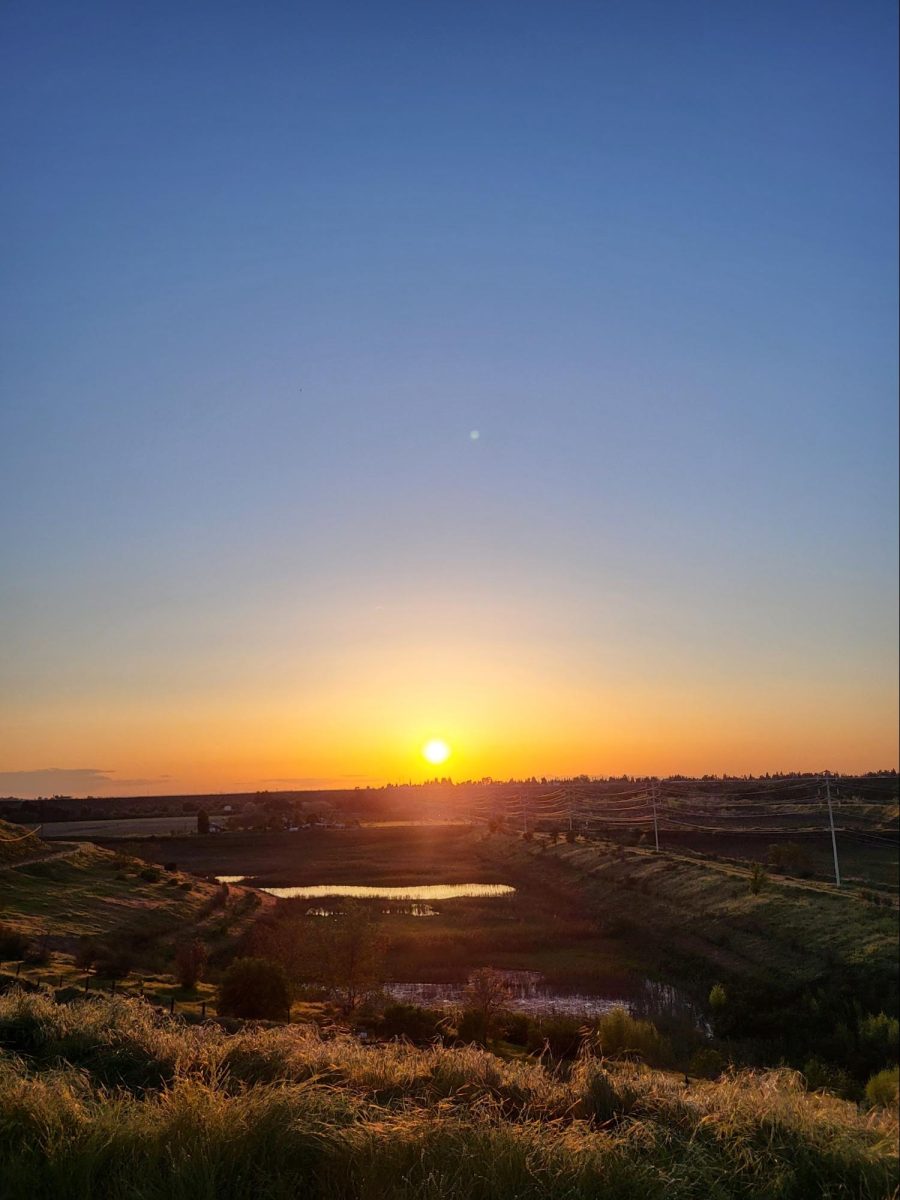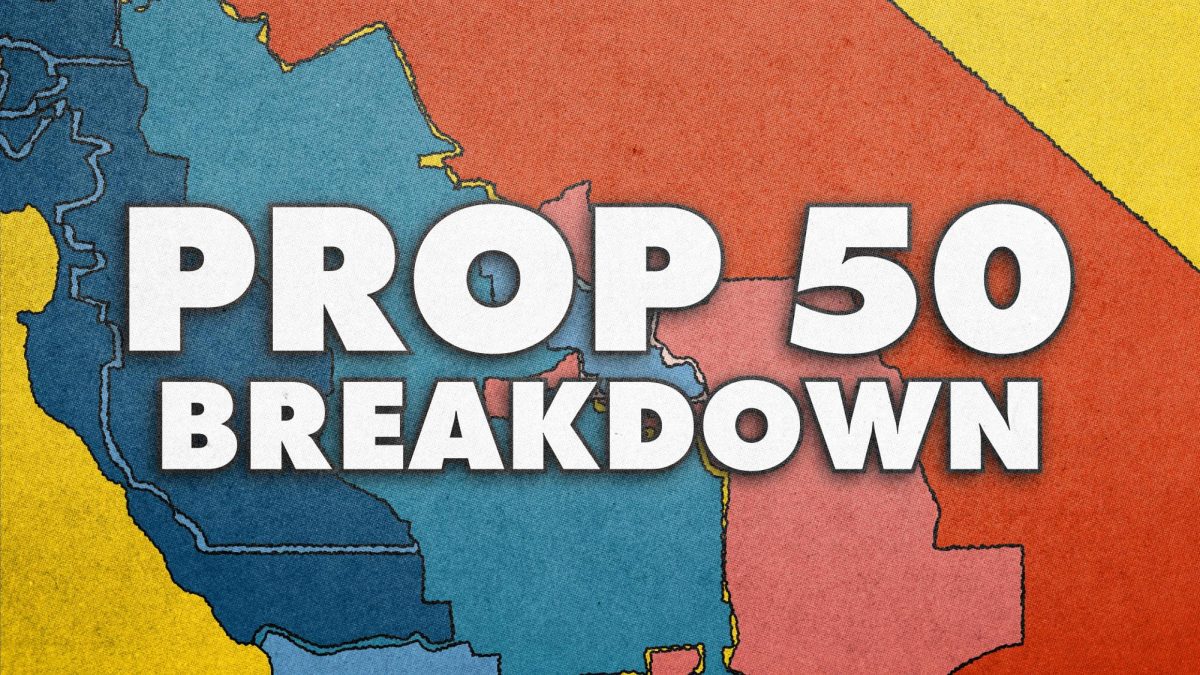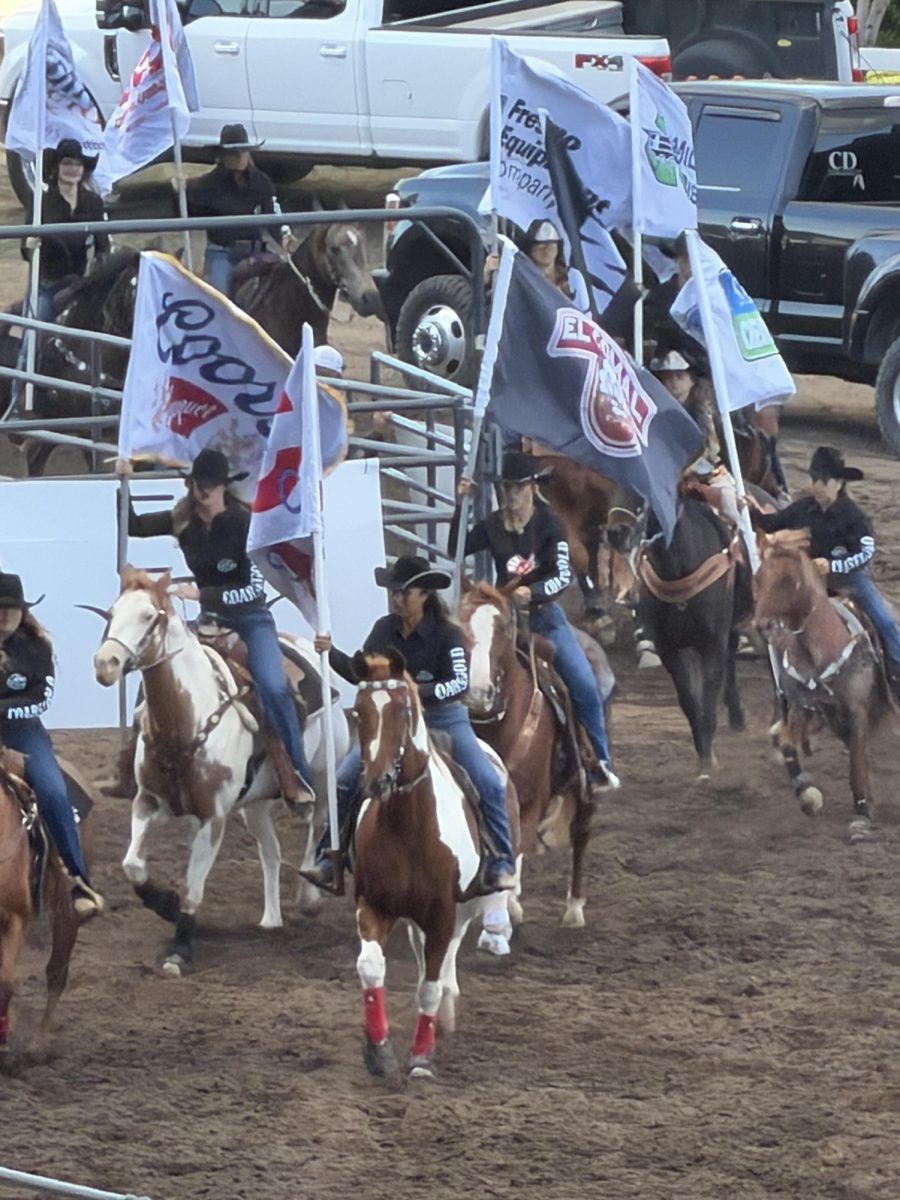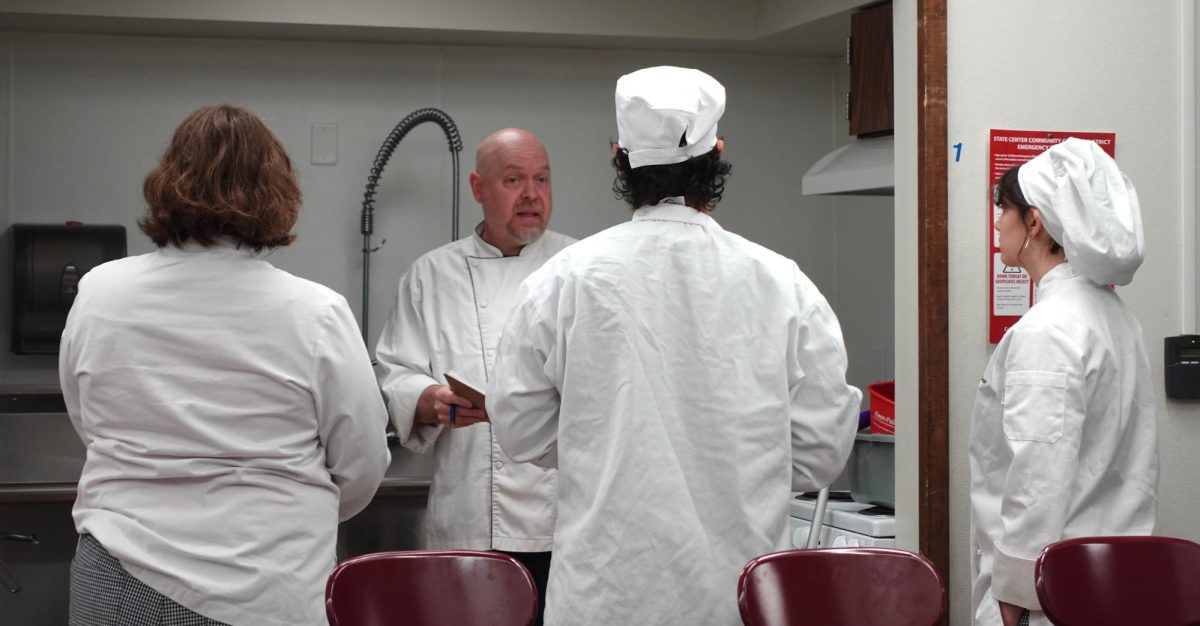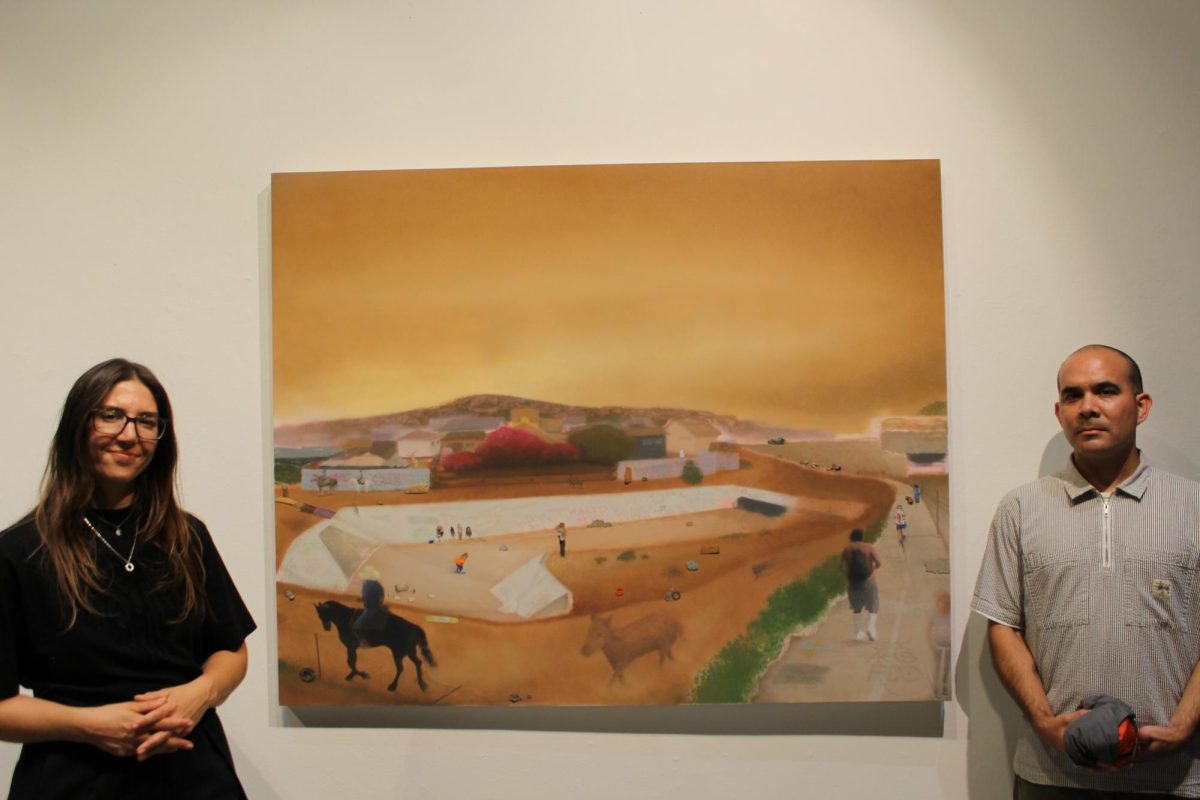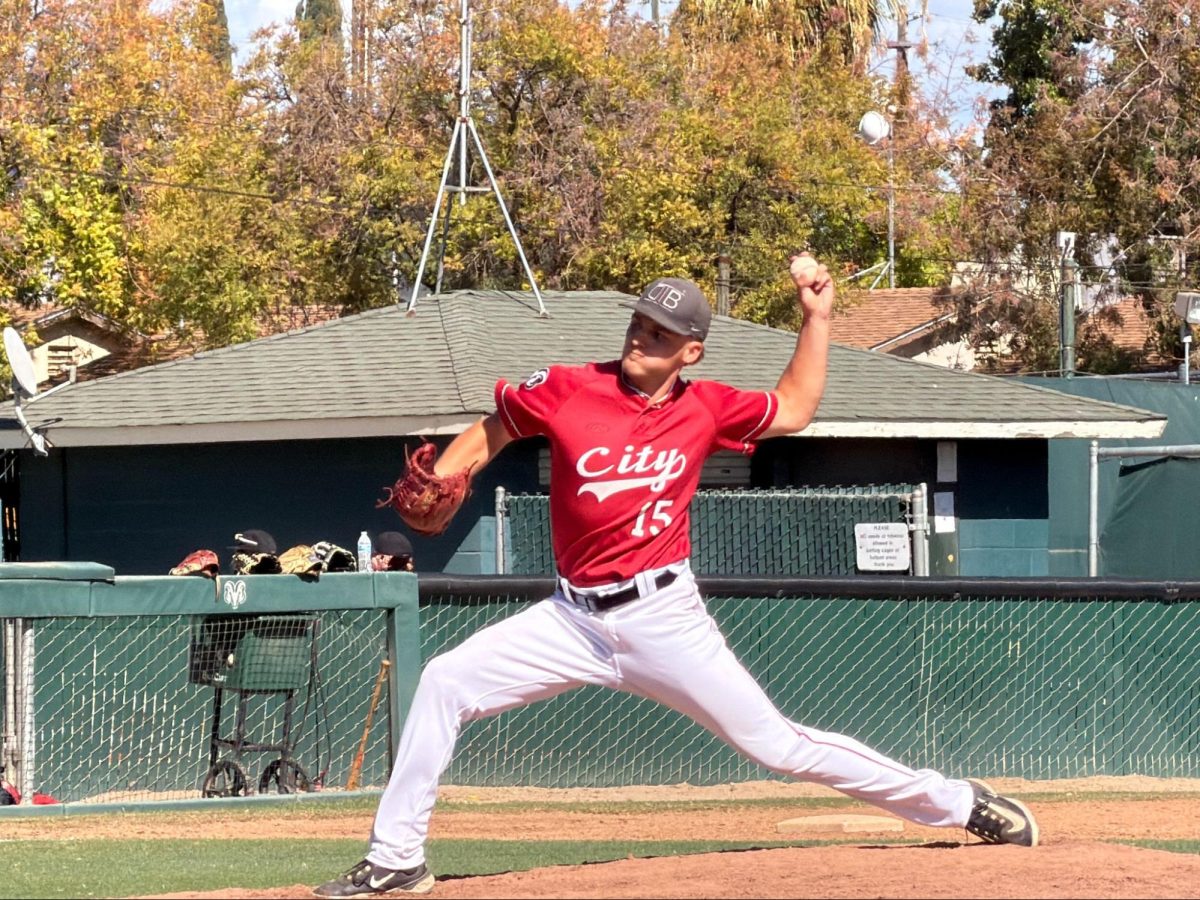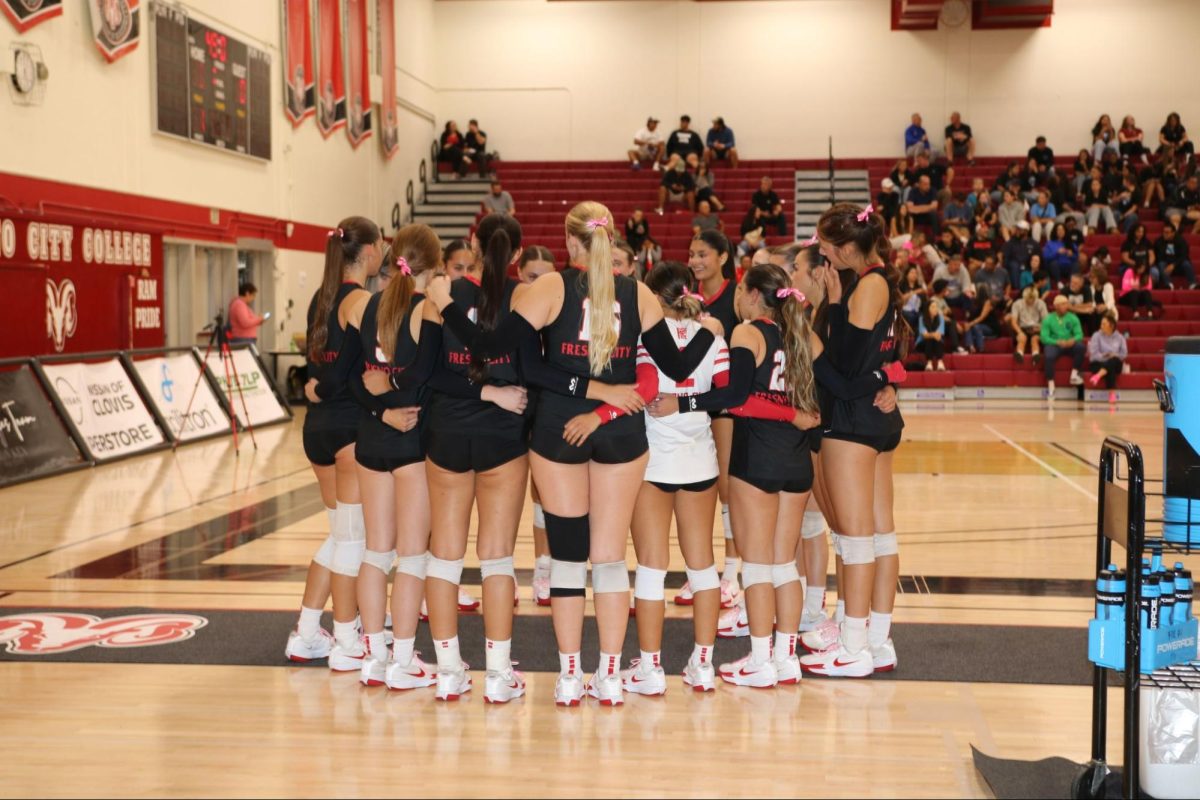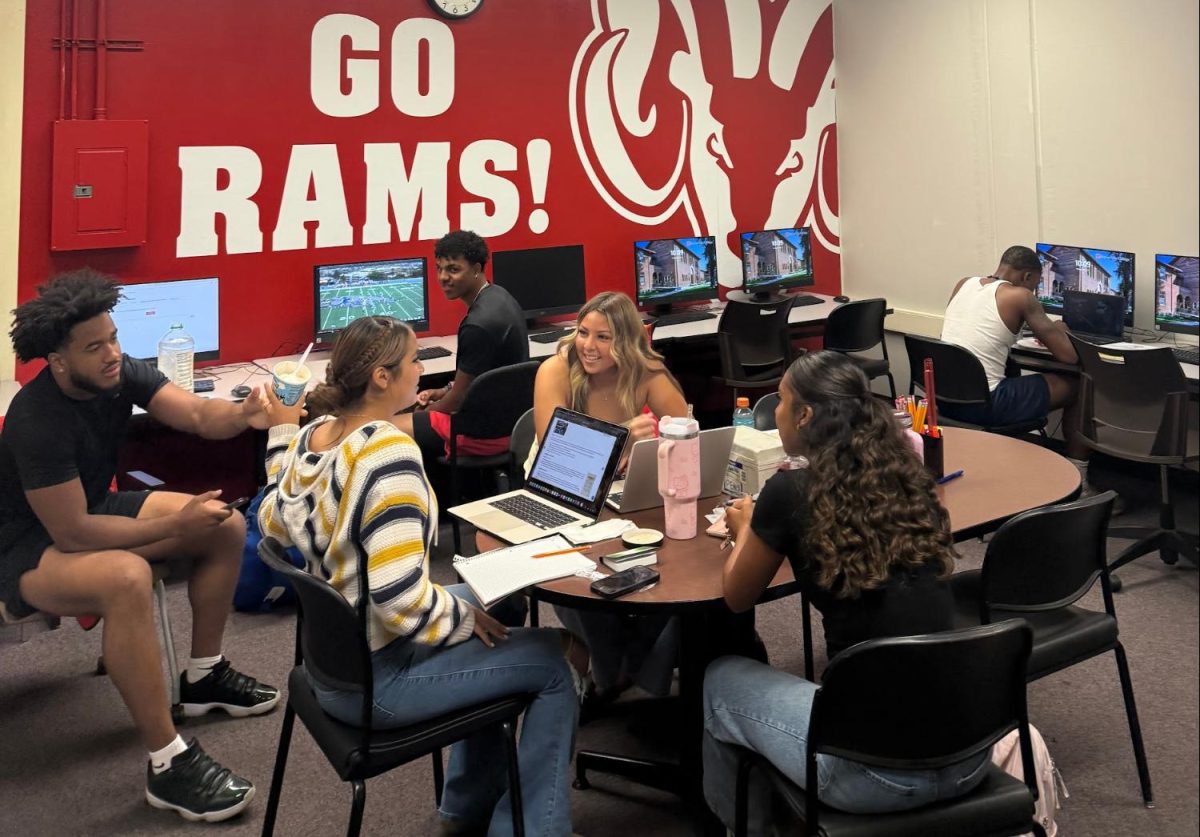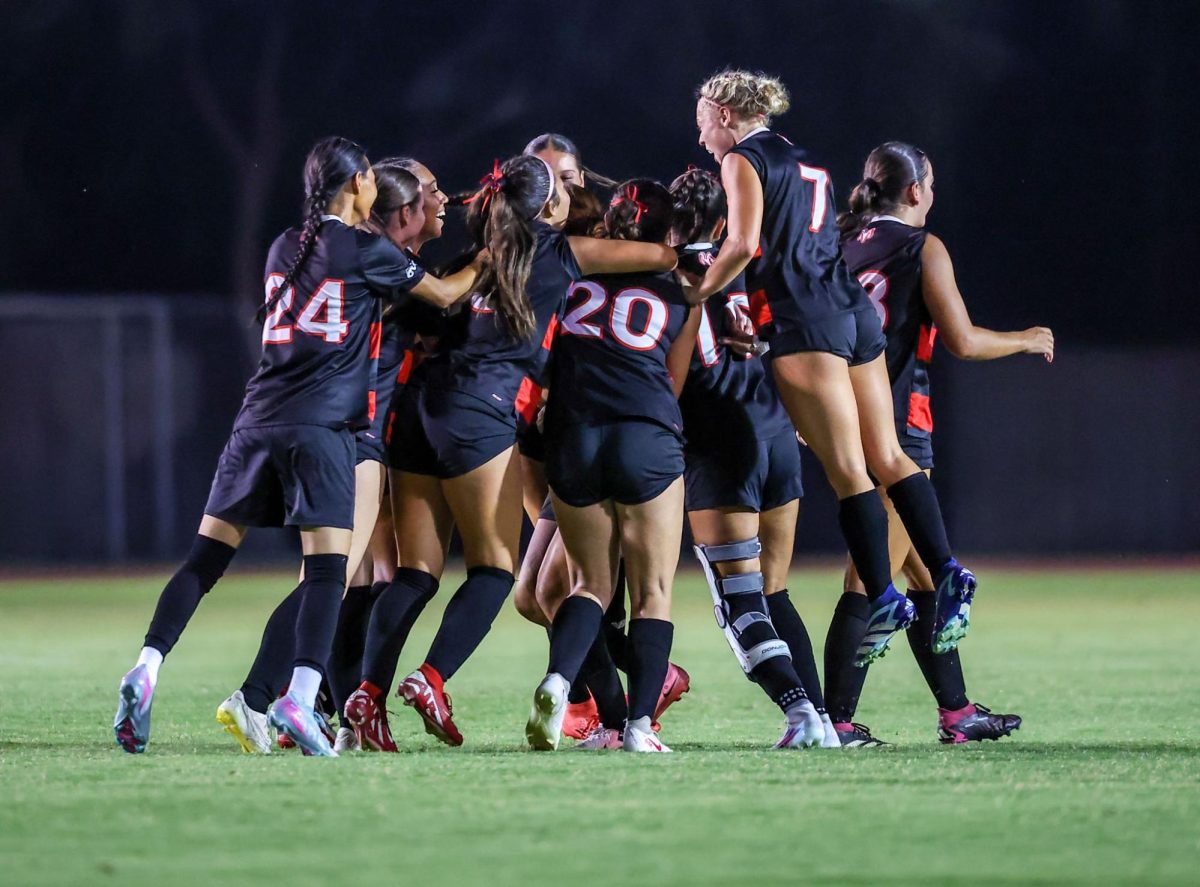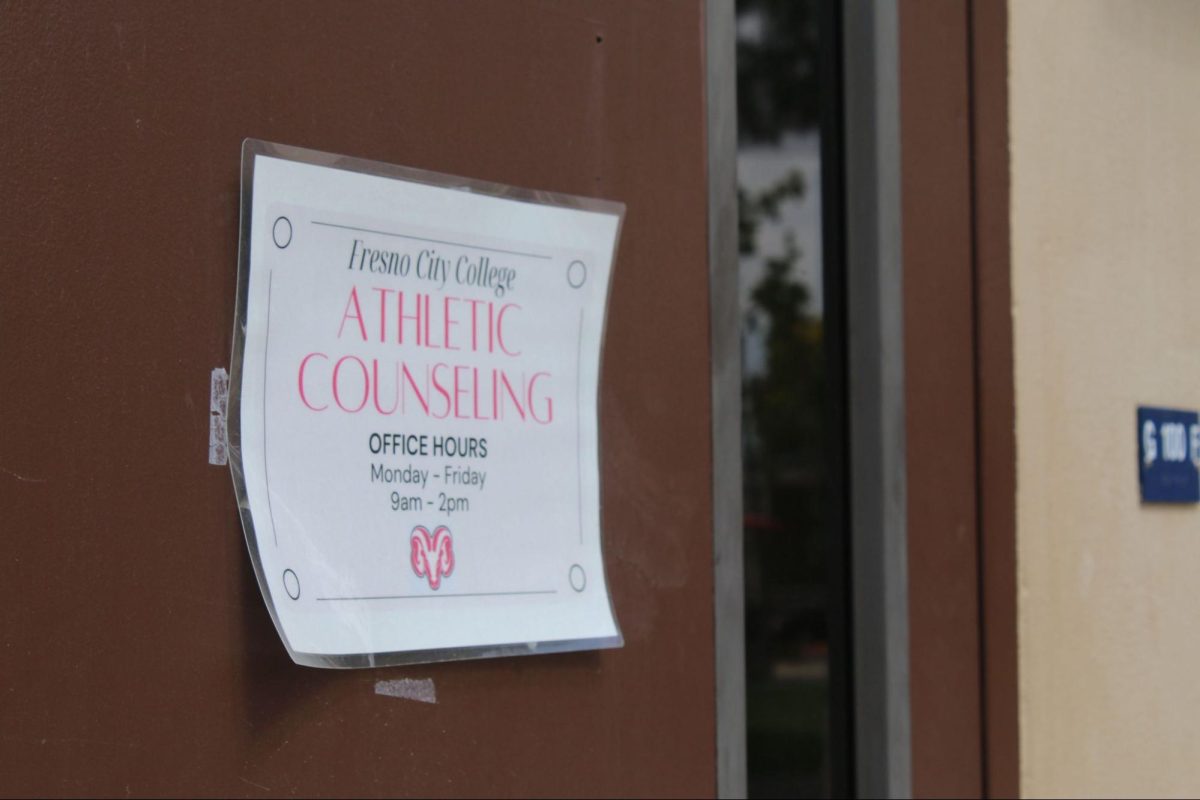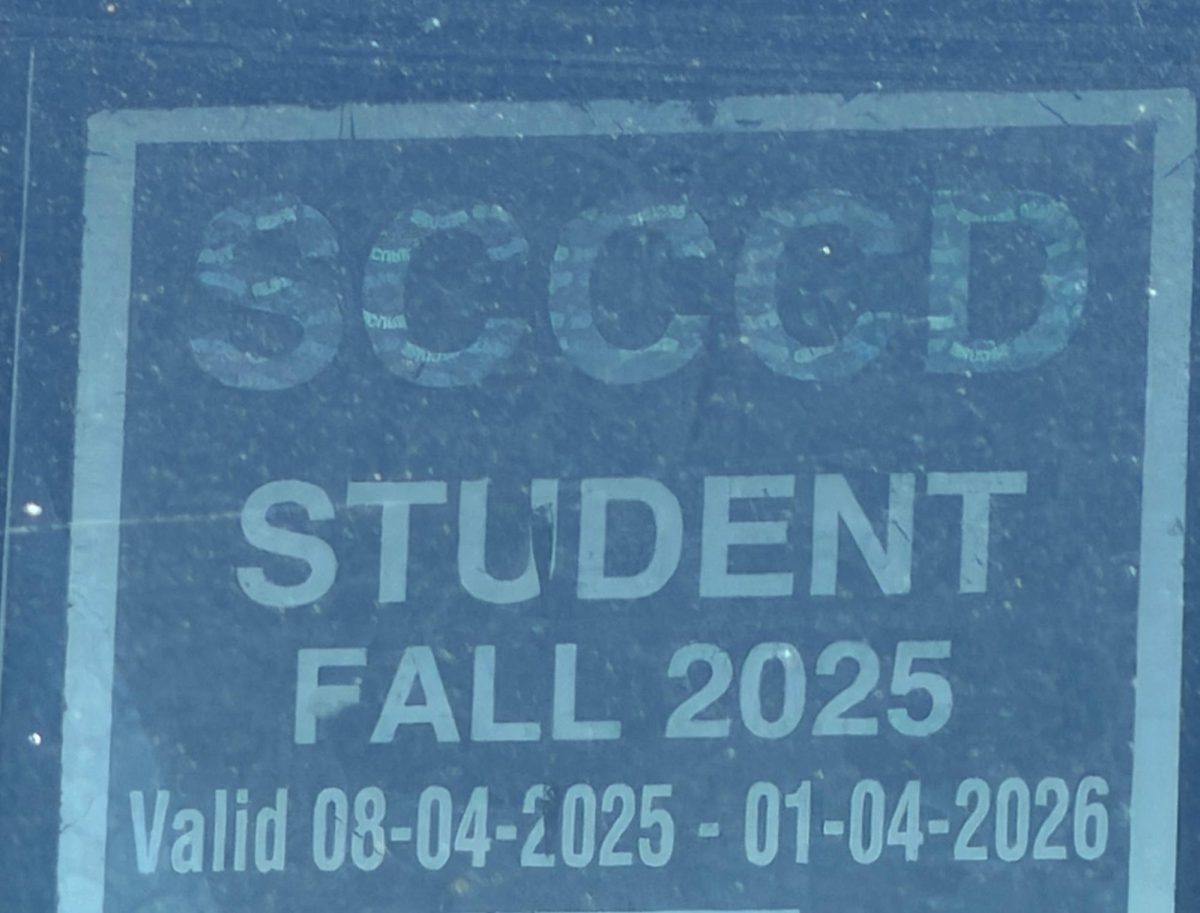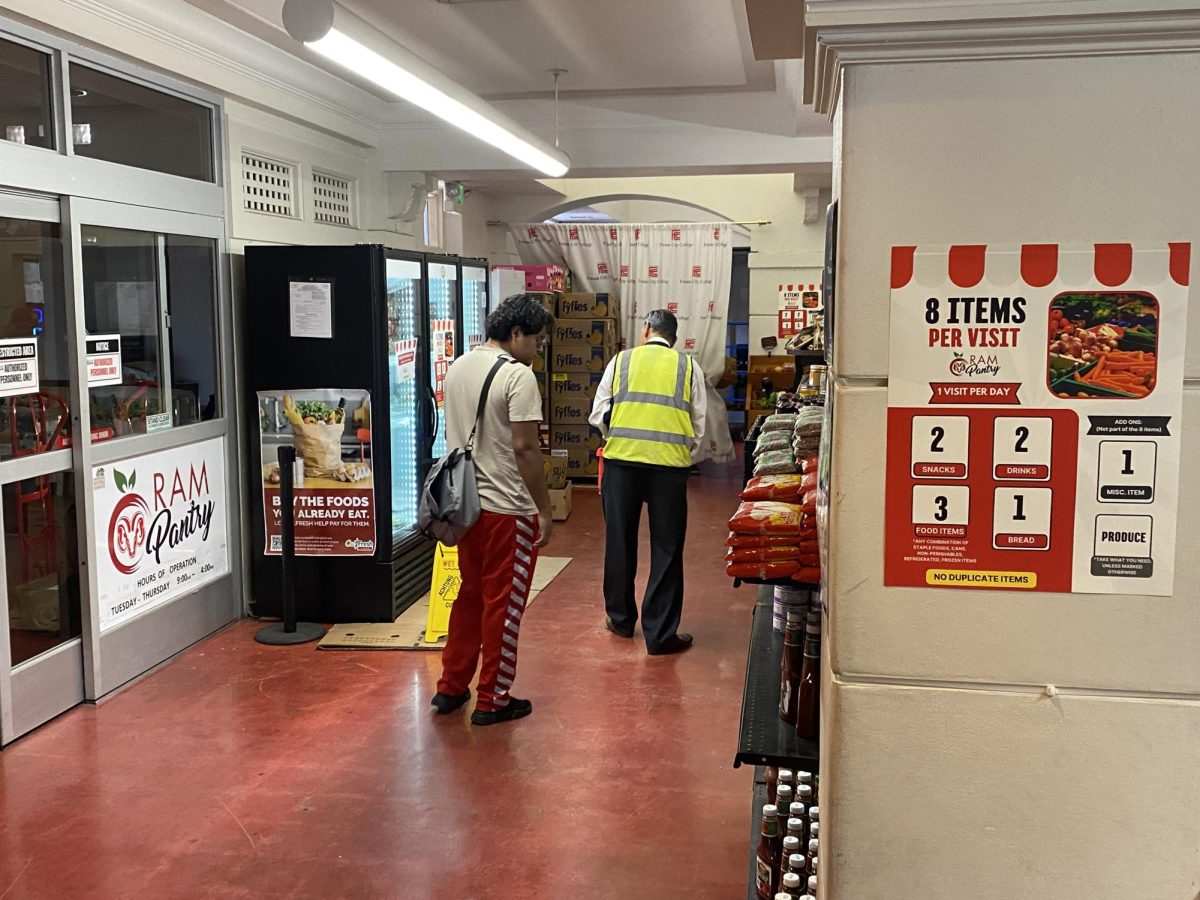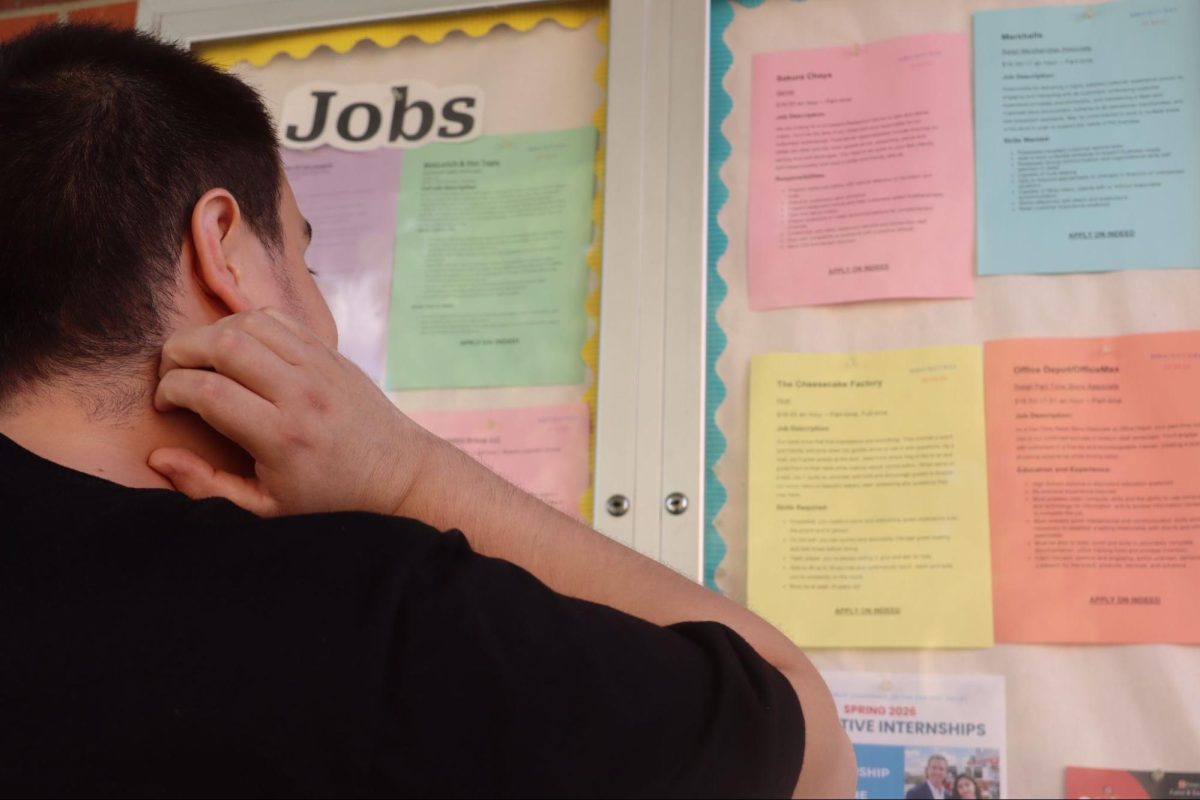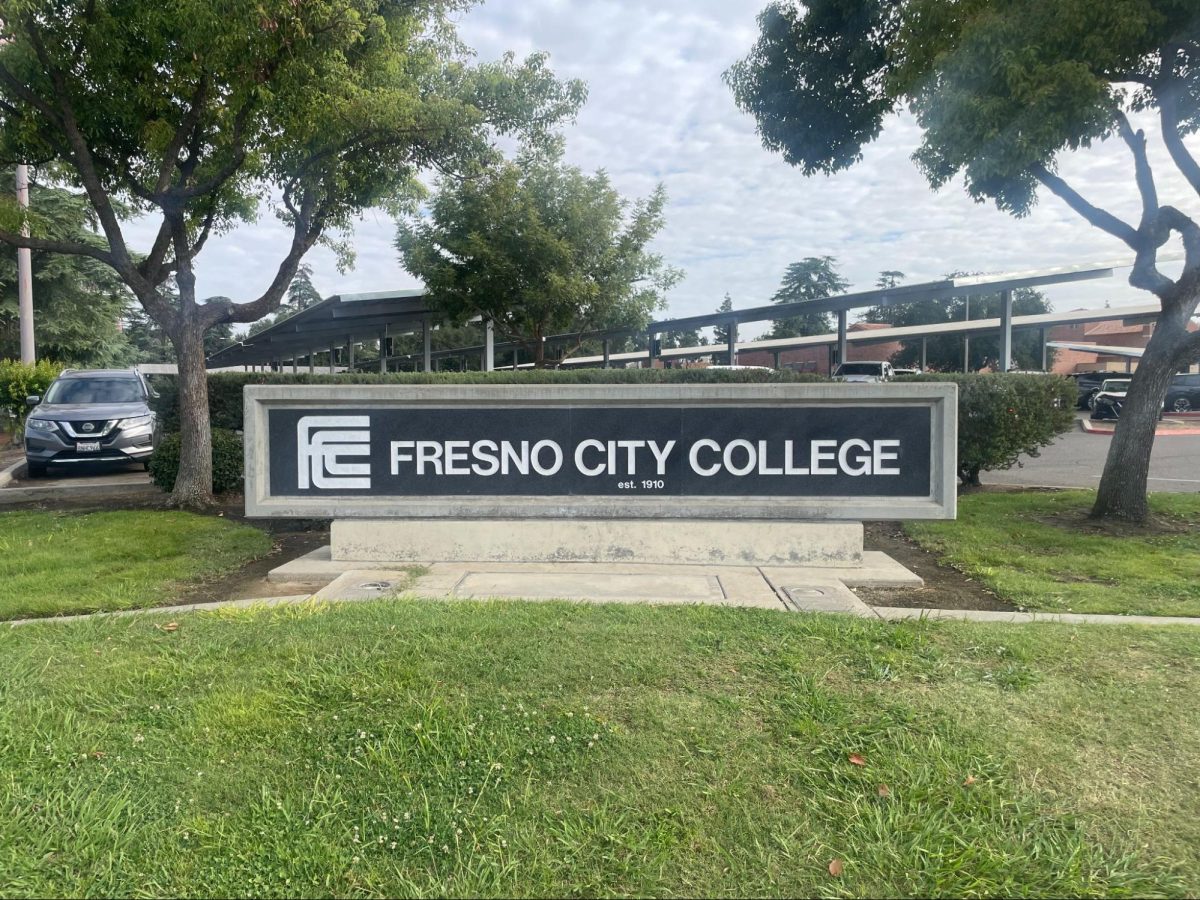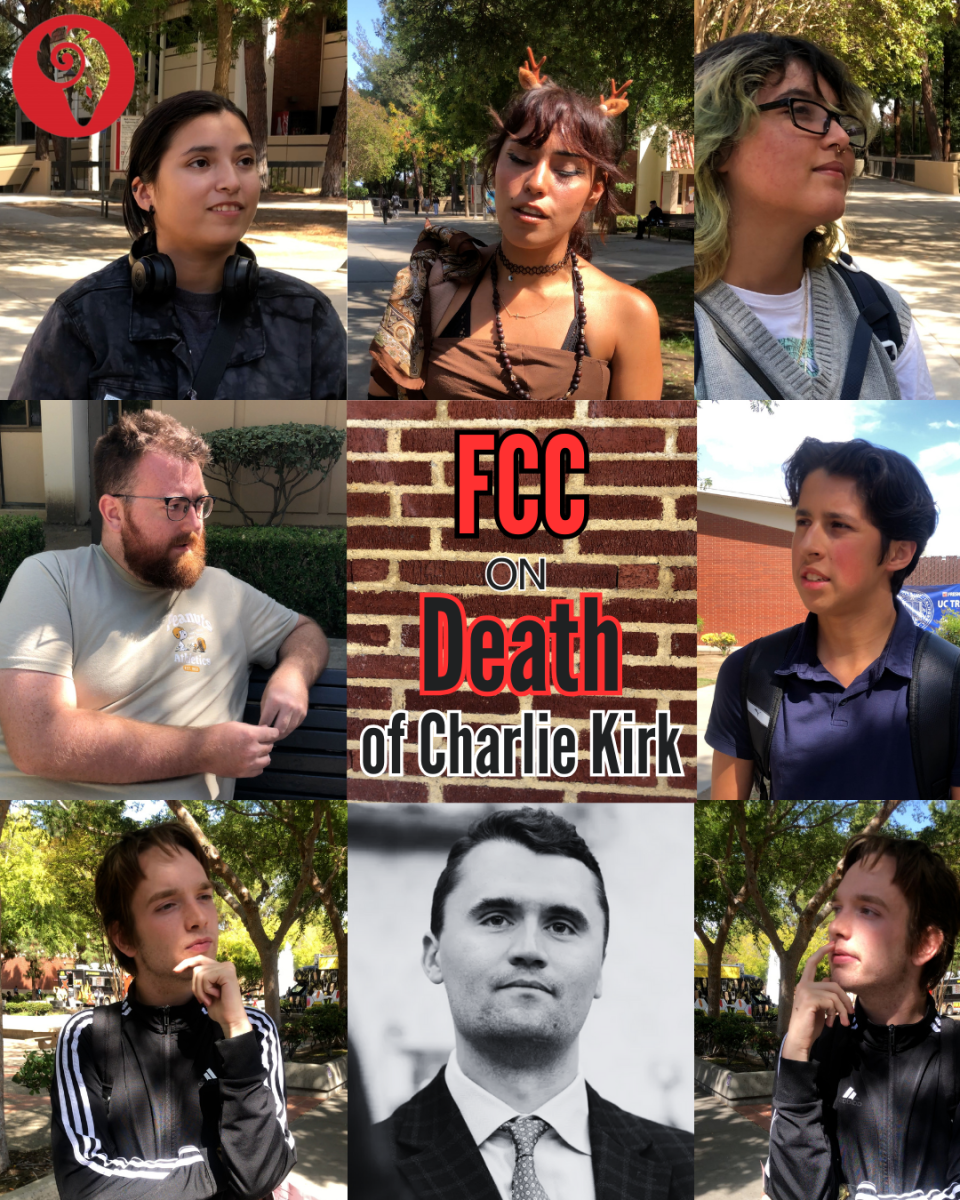Elizabeth Adams Hopes to Engineer a Better Environment
Photo by: Courtesy of the Public Information Office
Elizabeth Adams is a Civil Engineering Professor who is motivated by threats to the environment.
March 11, 2020
Old bicycles, trash and mattresses float along the polluted Portneuf River on the west side of railroad town Pocatello, Idaho.
There are no fish in sight. Every natural element of this environmental necessity, gone.
This was the motivation that Elizabeth Adams, a civil engineering professor at Fresno City College, needed to invoke change.
Growing up, Adams was particularly skilled in Science, Technology, Engineering and Math (STEM) subjects. Math and science were subjects that she accelerated in; shortly transitioning from a skill to a desire to help the environment.
Her senior year of high school she began to explore her interest in environmental engineering. She had the opportunity to shadow a fellow female engineer, discovering first hand what it was like to be a part of the minority in STEM.
She went on to earn her bachelor’s in civil engineering from Boise State University, master’s degree from the University of Hawaii at Manoa, and Ph.D. from Arizona State University.
Throughout her career, Adams was presented opportunities that she never imagined as a high school student who wanted to fix her polluted hometown river.
Her experience includes conducting backflow prevention surveys on military bases in Japan and Korea, working as a project manager and teaching at community colleges in Phoenix.
Now, Adams’ focus is to help the next generation of engineers to become successful by developing on-the-job skill sets.
“My favorite thing about both [engineering and teaching] is the feeling of making a difference. So, making a difference in environmental cleanup or just seeing a project come to completion,” Adams said.
Making a difference is Adams’ favorite part of the process. She says seeing change is what satisfies her the most.
“So, feeling like there was nothing there and now there’s a bridge or now there’s a totally remodeled facility or now there is a drinking water and now people have access to clean water.”
It has been important for her as an educator to bring opportunities for more diversity into the STEM field, for women and for other under-represented minorities.
As of fall 2019 there is 13% female representation in the engineering program at FCC, according to a study by the FCC Office of Institutional Research.
Adams said there are a lot of challenges to being a woman in engineering, or just being a woman in STEM.
Women are often the minority in STEM and Adams explained that it is difficult to work in a field that is exclusive in the sense of there being minimal representation of people who look, think, and act like her.
“I think there definitely have been times where I felt that I wasn’t heard and I did believe that it was because of my gender and I just made it a point throughout my career to not settle for not being listened to,” Adams said.
Adams said she also made it a point throughout her career to speak up for herself, t come back to the table, not give up or be discouraged.
“I think also that we have come a long way and I think that’s why it’s frustrating and surprising in those instances where I’m not being heard and I can’t understand why and the only reason that I can think of is that I’m a woman,” Adams said.
In situations like these, Adams says it is important to find allies who help her persist and succeed. She believes that if a situation isn’t going to get any better, sometimes it is best to leave and find a new job or go somewhere else.
“So for some reason I’m not being believed or being taken seriously, or you’re being spoken over. So some of these things that you think really shouldn’t happen anymore or are shocking, or you think wouldn’t happen still, when they occur are kind of shocking,” she said.
Adams has a lot of women that have contributed to who she is today.
In her personal life, she sees both her grandmothers and her mother as influential, hardworking and dedicated women.
In her professional life, Adams felt fortunate to have role models such as project managers and bosses who illustrated what women in engineering look like.Adams said women do have lots of opportunities where they can pursue what they would like, but the environments aren’t always welcoming. “It is kind of hostile and we still need to work to make those environments more inclusive and make people more aware of how their behavior is unwelcoming,” Adams said.
As an influential woman in STEM, Adams’ career has led her to greater opportunities. Her focus remains on things that work, rather than focusing on the challenges.
Above everything, Adams wants to encourage young girls who dream of being astronauts and engineers. That despite the conflict of being a minority, women in STEM is essential.
“Diversity brings fresh perspectives and new ideas and leads to more innovative solutions,” said Adams. “And, it is important for young women and girls to see that they have a place in STEM fields, that they belong here too.”

